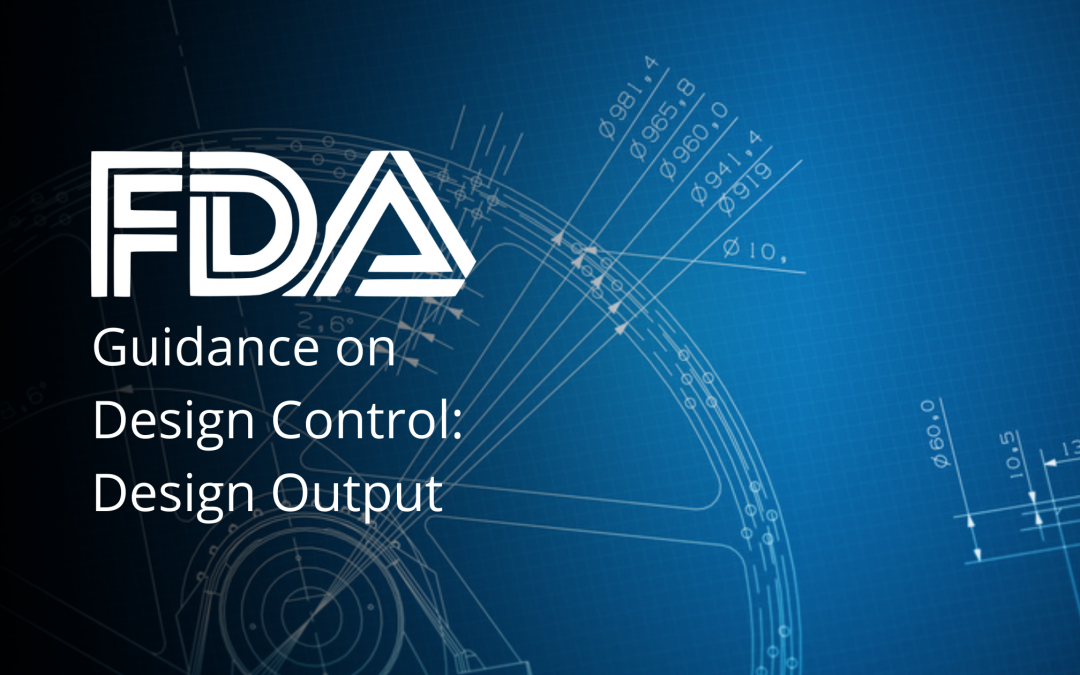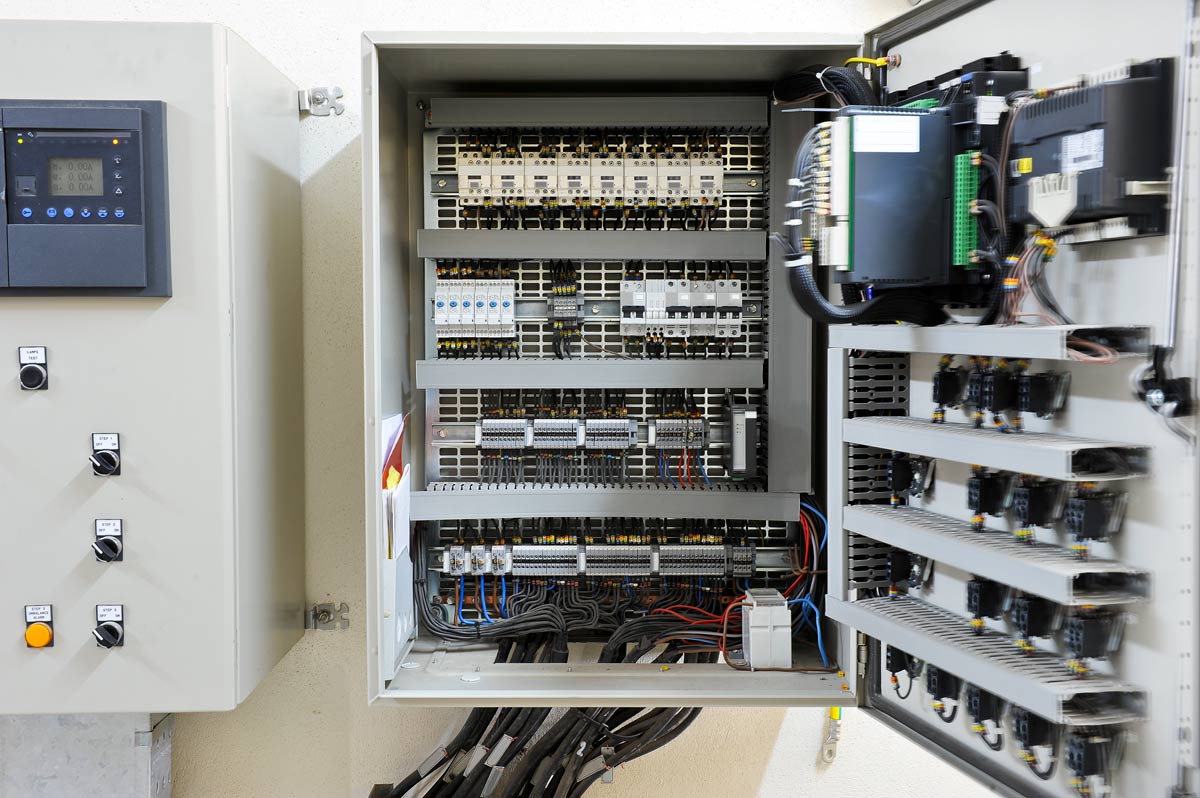Basics of Medical Device Design Controls: What, Why, and How ELIQUENT Life Sciences Blog
Table Of Content

However, final design validation must be conducted on actual production devices. Nearly every single design control element contains some activity that needs to be documented. By the time your product is shipped, you should have an organized account of how that product came to be. The DHF is a formal document, prepared for each medical device, that contains all of the required documents from the earlier stages. It’s either a collection of the actual documents generated during product development or an index of documents and their storage location.
Incorporate Risk Management
Do you plan to store electronic records on a company server or some type of electronic document management system? This is why I recommend building your Design Controls traceability matrix early and keeping it up to date as you go, whether you use purpose built software or not. With this approach, you won’t stress about the possibility of being audited because your DHF will always be up to date and audit ready. The last thing you want to do when finishing up a project is to spend weeks going back organizing documentation and records, including the Design History File. And after you launch your medical device, the DHF is important in the event the project is ever audited by the FDA or others.
When should Design Reviews happen?
Design Controls provide a structure for ensuring that device design and development is completed in a highly controlled manner. This means that each design step is planned before being executed and that the execution is verified. All of your validation activities become part of your design history file (DHF). Process validation uses objective evidence to make sure a process consistently produces the same result. Design validation, on the other hand, ensures that the device meets user needs and intended uses and will therefore become a viable product in the marketplace.
Adopt a Unified Approach
The DHF is the central hub for all the things medical device regulators care about. Product development includes much, much more than just Design Controls. Things like budget, timeline, business development, marketing, sales, and so on. As noted above, Design Controls are all about ensuring the medical device you are developing is safe. Risk Controls are used to help identify ways to reduce the risks. Your Risk Controls should align with and include Design Verification and Design Validation activities.
Best Practices for Quality & Compliance","slug":"et_pb_text"" data-et-multi-view-load-phone-hidden="true">
A key element for efficient recycling of plastics is the sorting of mixed plastic waste into pure waste streams, as impurities can compromise the quality and integrity of the recycled products. From checking incoming materials to approving bales of sorted plastics or textiles, trinamiX makes quality control simple and easy. For your business, that means reduced risk of a data breach, which saves time and money. For your customers, that means better data protection and retention.
The Electronic Code of Federal Regulations
Adamson releases ArrayIntelligence design, control, & monitor software - Installation - Installation and AV Technology Europe
Adamson releases ArrayIntelligence design, control, & monitor software - Installation.
Posted: Thu, 15 Jun 2023 07:00:00 GMT [source]
The approval, including the date and signature of the individual(s) approving the requirements, shall be documented. Each manufacturer shall establish and maintain plans that describe or reference the design and development activities and define responsibility for implementation. The plans shall identify and describe the interfaces with different groups or activities that provide, or result in, input to the design and development process. The plans shall be reviewed, updated, and approved as design and development evolves.
Document Design and Development Planning

Design reviews should provide feedback to designers on existing or emerging problems, assess the progress of the design, and confirm the design is ready to move to the next phase of development. Reviews should focus on the ability to produce the design and whether the design meets the input requirements. Process validation may be conducted concurrently with design validation.
History
Complying with the requirements fully can prevent recalls and other regulatory enforcement actions. FDA warning letters and recalls are outcomes medical device or software as a medical device (SaMD) companies want to avoid, underscoring the need for a strong Design Controls system. As with all other aspects of design control, you need to establish a procedure for validating your design. Your validation activities should address the needs of all stakeholders – including patients, healthcare workers, installers/servicers – and the physical healthcare environment itself. Your validation needs to be performed based on each intended use. FDA requires you to perform design validation “under defined operating conditions on initial production units, lots, batches or their equivalents.” This includes software.
Also - when creating these inputs, it’s important to make sure the inputs have two characteristics. Maybe you’ve been working in the lab, iterating on this device. The things seem to work, so now you really want to move forward with this product.

In order to determine if the firm's design control procedures have been implemented, use the selected design project to exercise the firm's procedures and accomplish the following objectives. Process validation is a key requirement of the Quality System Regulation and will be reviewed during the facility inspection process. The following guidance documents provide guidance on performing process validations. The PMA applicant should provide written authorization to reference the Device Master File information in the PMA submission.
Design control is not just about controlling the design inputs. It is also essential to know whether those design and development inputs result in the right outputs – namely, whether the design you created is safe and functions as planned. Design output requirements are intended to apply to all stages of the design process, and to characterize important aspects of the design. As you define inputs, it is important that you properly identify the customers using your device. This is vital, because all design verifications and validations are matched to customer needs and related technical requirements.
Dock your latest iPad Pro in the Micro Control Panel, fire up the DaVinci Resolve app, and this tiny rig rivals most color-grading setups. In addition to safeguarding against external threats, custom operating systems can offer granular, hardened privacy controls for USB accessories and other peripherals. By leveraging custom rules within an OS, organizations can block access to USB ports, only allow access to certain peripherals and more. With this type of granular control, businesses can avoid many device-based attacks that rely on physical access to the hardware.
In its guidance it mentions aspects such as CNC programs, production and process specification, work instructions and much more as Design Output. Further information will be provided in the articles “Design Output” and “DHF & DMR”. For example, both require a formal planning process, but how this is done is left to the developer. They also require the plans be updated as development progresses. With CQ Document Management, organizations can manage their entire document lifecycle, gain complete visibility and rely on a single source across all locations for more effective decision making. The solution offers an electronic approach to document management across the enterprise.
For medical device startups, the quality system expectations are that you have all parts and pieces defined and implemented by the time you go to market. Design controls demonstrate our medical devices are safe, effective, and meet the indications for use. Prior to founding Greenlight Guru, I was fortunate to have played a part in getting 40+ medical devices through regulatory clearance in a variety of different roles. In more specific terms, Design Verification is in place to ensure that the design output can consistently meet the design input. Here, objective evidence, such as test reports, is often necessary to confirm that the device is able to satisfy the design input.
Comments
Post a Comment